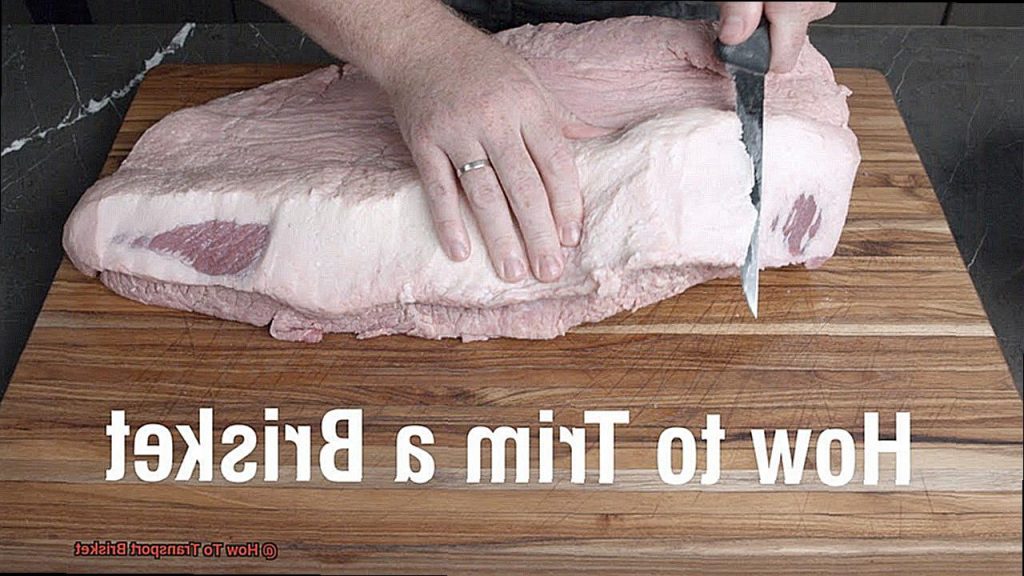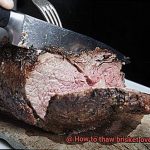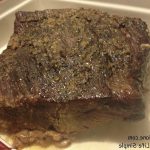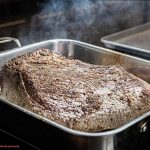Are you a barbecue enthusiast who wants to ensure that your brisket arrives at its destination in perfect condition?
Don’t worry, my fellow meat lovers, I’ve got you covered. Transporting brisket can be challenging, but with the right preparation and techniques, you can guarantee that your mouth-watering brisket will arrive safely and ready to be devoured.
In this complete guide, we’ll take you through everything you need to know about transporting brisket like a pro. Whether you’re driving or shipping it to a remote location, we’ve got all the tips and tricks you need to make sure your brisket arrives in top-notch condition.
As we all know, brisket is a low and slow-cooked meat that requires careful attention to detail. The last thing you want is to compromise on the taste and texture of your beloved brisket due to poor transportation.
So, let’s get started on this delicious journey together and ensure that your beloved brisket arrives at its final destination as delectable as ever.
Contents
Resting Your Brisket Before Transport
Transporting a perfectly cooked brisket can be a daunting task.
After hours of meticulous cooking, the last thing you want is for your brisket to arrive dry and tough. That’s why it’s crucial to rest your brisket before transport.
Resting your brisket allows the juices to redistribute throughout the meat, ensuring that it remains moist and tender during transport. To do so, remove your brisket from the grill or oven and wrap it in foil or butcher paper.
Then, place it in a warm area for at least an hour. Think of resting your brisket as giving it time to breathe after all the hard work it has gone through.
Just like you need a break after a long day, your brisket needs time to relax and allow the juices to soak in. If you’re short on time, try to let your brisket rest for as long as possible before packing it up.
To keep it warm at this time, wrap it in foil and then in a towel or two. This will help insulate the meat and keep it warm.
To transport your brisket safely, pack it in a sturdy, insulated cooler that is large enough to hold the brisket without breaking it. Alternatively, you can insulate the wrapped brisket and then place it in a cardboard box.
Regardless of how you choose to transport your brisket, make sure it stays warm during transit. You can use heated bricks or hot water bottles to maintain a steady temperature in the cooler or box with the brisket.
Just like sending your child off to school with a packed lunch, you want to make sure your guests are properly fed throughout the day. In the same way, you want to make sure your brisket arrives at its destination moist and tender.
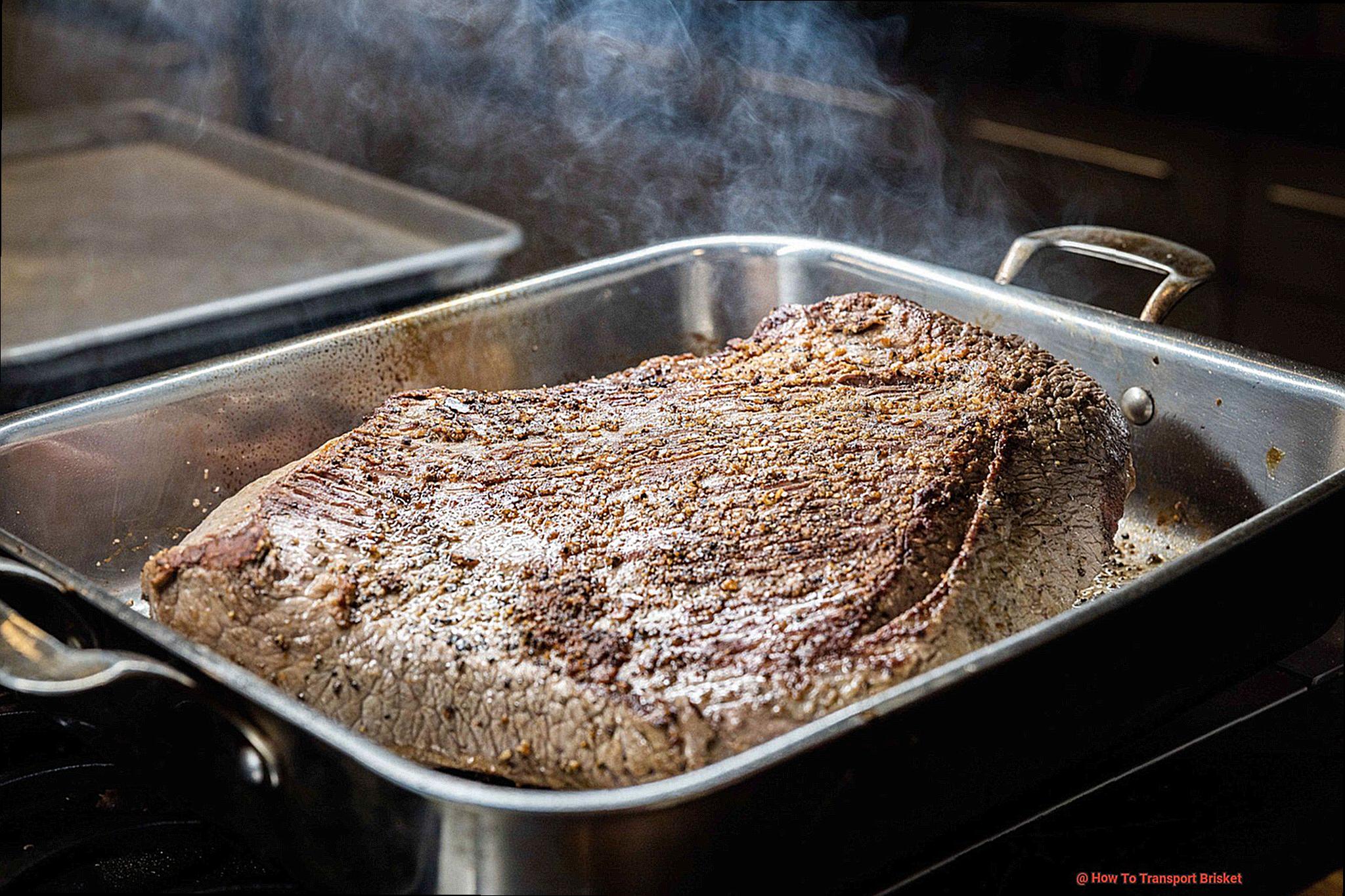
Take the time to let your brisket cool, pack it properly in an insulated cooler or box with towels or blankets, and keep it warm with heated bricks or hot water bottles.
Packing the Brisket for Transport
You’ve mastered the art of crafting the perfect brisket, and now it’s time to share your masterpiece with the world. But how do you ensure that your juicy, melt-in-your-mouth brisket remains intact and delicious during transport?
Don’t worry, as a packing expert, I’m here to guide you through the process. Firstly, protect your valuable cargo.
Whether you choose a container or wrap the brisket in foil or butcher paper, make sure it’s wrapped tightly to prevent damage or dryness during transport. For containers, choose one that’s spacious enough to hold the brisket without squishing it, and add some padding at the bottom to cushion the meat.
If wrapping in foil or paper, wrap it well and reinforce with extra layers. Next up is keeping your brisket warm.
If you’re transporting it right after cooking, it should still be piping hot and ready to go. However, if there’s a delay before hitting the road, you’ll need to keep it warm.
Wrap it tightly in foil or paper, then layer towels or blankets over it for insulation. Alternatively, place it in a warming box or cooler with heating pads or hot water bottles.
Finally, handle your packed brisket with care. You don’t want all your hard work to go to waste due to jostling or excessive heat exposure.
Keep it steady and avoid moving it around too much. And remember, keep it away from direct sunlight or heat sources that could cause spoilage or dryness.
Treat your prized brisket with the respect it deserves, and it will arrive at its destination just as flavorful and succulent as when it first emerged from the smoker.
Using a Cooler to Transport Your Brisket
Using a cooler is the perfect solution to keep your brisket warm and juicy throughout the journey. By following these simple steps, you’ll have a delicious and perfectly cooked brisket at the end of your travels.
First things first, it’s crucial that your brisket has rested for at least an hour before placing it in the cooler. This will give the meat time to relax and retain its juices, resulting in a more tender and flavorful brisket.
To prepare your cooler, line it with several layers of aluminum foil or plastic wrap to prevent any leaks or spills. You can also add a layer of towels or newspaper to help insulate the cooler and maintain the heat.
To preheat the cooler, fill it with hot water and let it sit for a few minutes before emptying it out. Once your cooler is ready, carefully place your brisket inside and close the lid tightly.
Any empty spaces in the cooler should be filled with towels or crumpled paper to prevent heat loss. It’s important to keep the temperature of your brisket above 140°F during transport, so consider using a digital thermometer to monitor the temperature inside the cooler.
When you reach your destination, resist the urge to open the cooler frequently as it can cause heat loss and affect your brisket’s flavor and texture. Instead, let your brisket rest for at least 20-30 minutes before slicing and serving.
This will allow the juices to redistribute throughout the meat, resulting in a tender and flavorful brisket. In summary, transporting your brisket in a cooler is a simple yet effective way to ensure that your meat stays warm and juicy during transportation.
Using Towels or Blankets to Insulate the Wrapped Brisket
Transporting a brisket to its destination requires a delicate touch, but with the right tools and techniques, you can ensure that your prized meat arrives juicy and intact.
One effective method to achieve this is by using towels or blankets to insulate the wrapped brisket.
To begin, wrap your cooked brisket tightly in aluminum foil or butcher paper to lock in the heat and moisture. This step is essential for keeping your meat flavorful during transit.
Once you’ve done this, it’s time to add an extra layer of protection with towels or blankets.
To maximize their insulation capabilities, you can pre-warm them in the dryer or with a heating pad. Think of this layer of towels or blankets as a warm embrace for your brisket.
It will shield it from any jostles or bumps during transportation while keeping it cozy and warm. It’s like swaddling a newborn baby – secure, snug, and comforting.
However, keep in mind that leaving your brisket wrapped in towels or blankets for too long can lead to overcooking and dryness. To avoid this, aim to transport the brisket within 1-2 hours of cooking to ensure that it remains tender and moist.
Once you arrive at your destination, carefully unwrap the brisket and let it rest for at least 30 minutes before slicing and serving. If you need to hold the brisket for an extended period, you can keep it warm and insulated by placing it in a cooler with pre-warmed towels or blankets.
It’s like carrying a warm coat for your brisket on its journey: convenient, safe, and cozy.
Keeping the Brisket Warm During Transit
With some simple techniques, you can keep your brisket warm during transit and ensure that it arrives fresh and intact at its destination. One of the most common ways to keep brisket hot during transit is by using a cooler.
A high-quality cooler will maintain a steady temperature for several hours, making it an ideal option for transporting your meat safely. Start by wrapping the brisket tightly in aluminum foil or butcher paper and placing it in a large aluminum foil pan to prevent any movement during transit.
Then, heat up some towels in the dryer or with a hot water bath and place them at the bottom of the cooler before placing the wrapped brisket on top. To prevent any heat from escaping, make sure to pack any empty spaces in the cooler with more towels or blankets.
If you’re not a fan of coolers, you can also use an insulated food bag to keep your brisket warm during transit. These bags are designed to hold food for several hours and are easy to carry.
Start by wrapping the brisket tightly in aluminum foil or butcher paper and placing it in an aluminum foil pan before putting it in the insulated bag. To prevent any heat from escaping, line any empty spaces in the bag with towels or blankets.
Don’t have access to a cooler or insulated food bag? No worries.
You can still transport your brisket safely by wrapping it tightly in several layers of heavy-duty aluminum foil and placing it inside a cardboard box lined with towels or blankets. The box will help insulate the brisket and keep it warm for a few hours.
No matter which method you choose, remember to wrap your brisket tightly in aluminum foil or butcher paper and blanket any empty spaces to avoid any heat from escaping.
Tips for Ensuring Perfectly Cooked and Tender Brisket Every Time
Brisket is a meat lover’s dream, and when cooked to perfection, it can be a real showstopper. However, transporting this mouth-watering dish can be a real challenge, as you don’t want all your hard work to go to waste. Fear not, we’ve got you covered with these seven tips for ensuring perfectly cooked and tender brisket every time.
Choose the Right Cut
The first step to perfect brisket is choosing the right cut. A well-marbled brisket cut is ideal for maximum tenderness and flavor.
Cook Low and Slow
Low and slow cooking is the key to achieving perfectly cooked and tender brisket. Ensure the temperature is correct before starting the cooking process at a low heat until it falls apart effortlessly.
Let It Rest
Once your brisket is cooked to perfection, allow it to rest for at least 30 minutes. Resting allows the juices in the meat to redistribute and settle, resulting in a more tender and flavorful final product.
Wrap It Tightly
To maintain heat and prevent moisture from escaping, wrap your brisket tightly in foil or butcher paper.
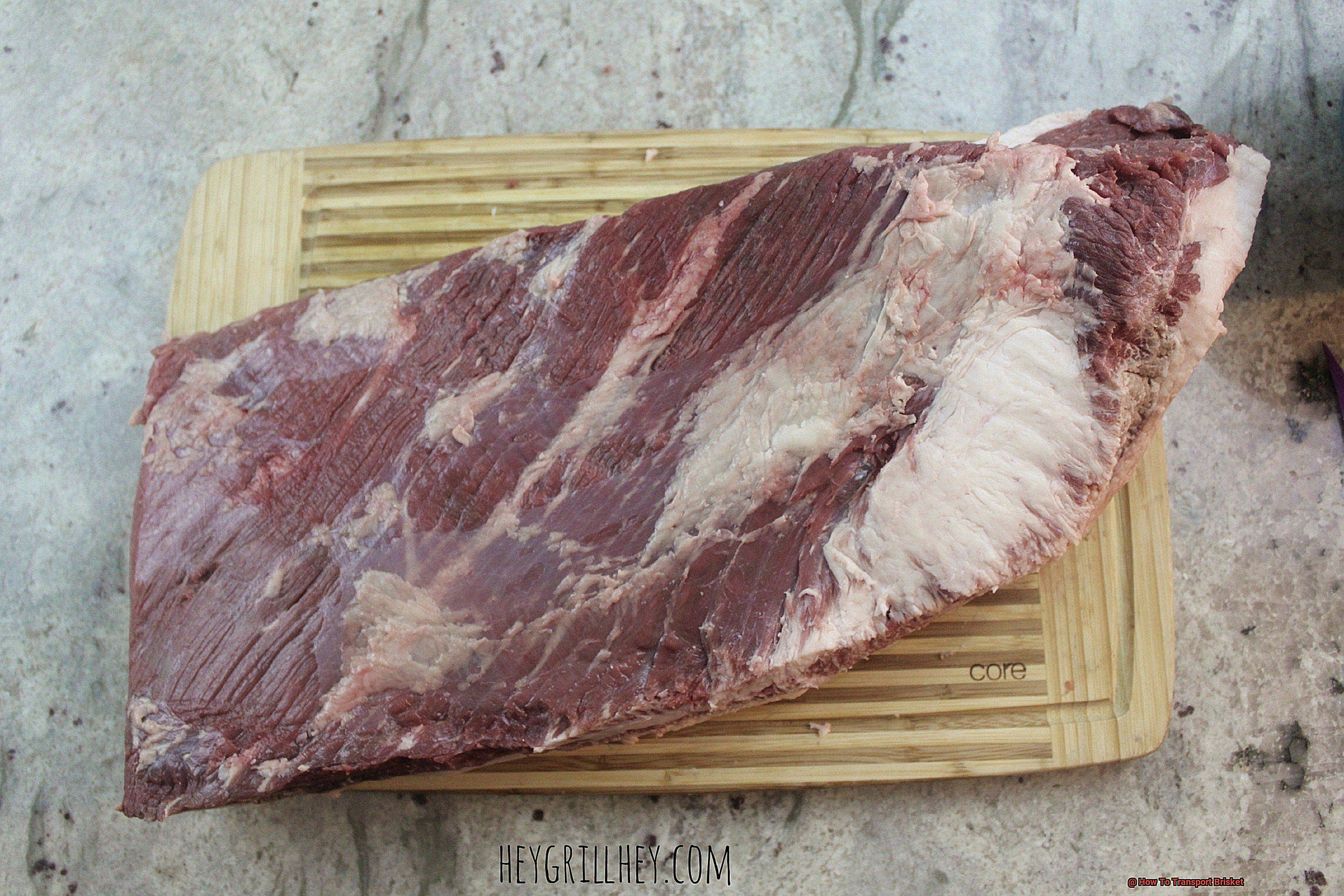
Keep It Warm
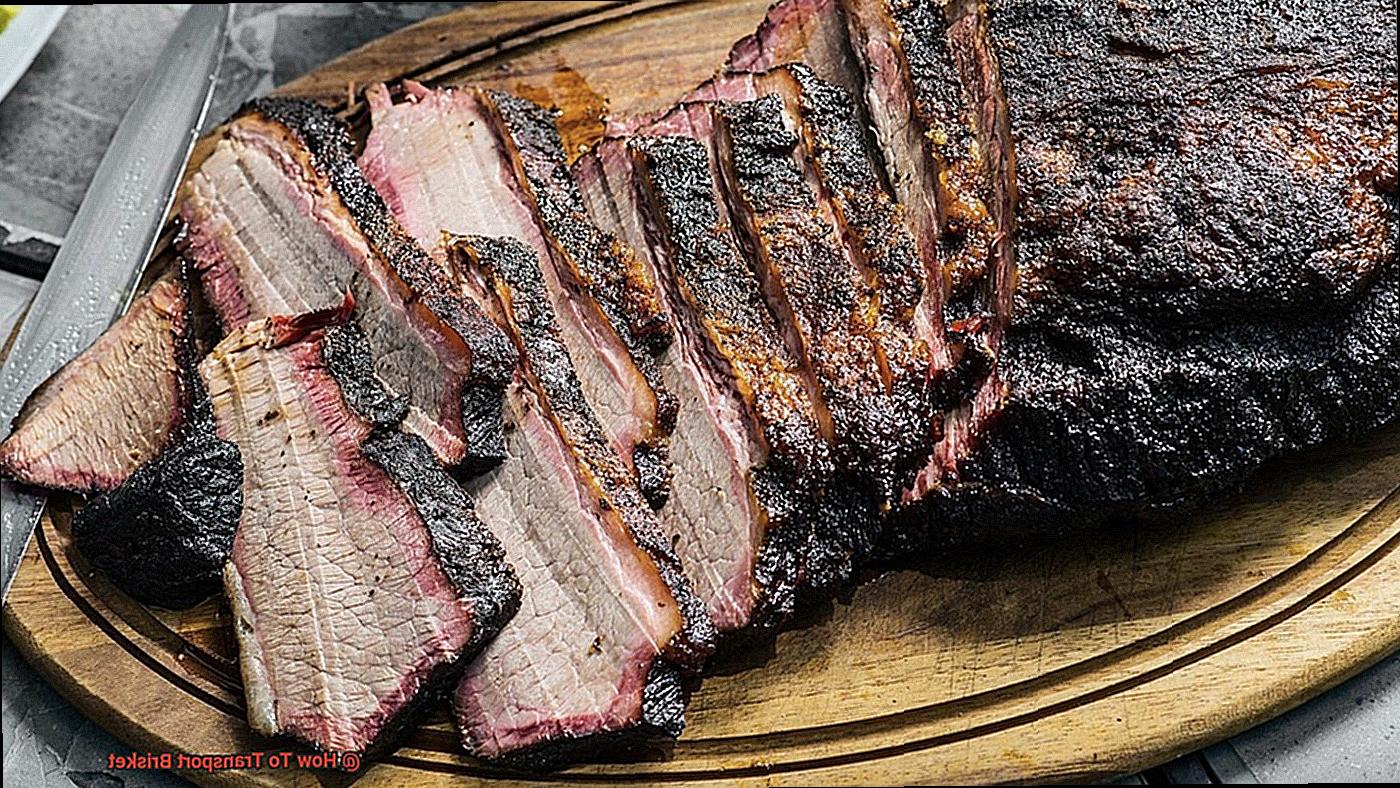
To keep your brisket warm during transportation, try an insulated cooler or hot box. Preheat the cooler by filling it with hot water before adding the brisket to help retain heat.
Cushion It
Create a cushion for your brisket by adding towels or blankets to the bottom of the cooler. This will prevent any movement during transport that could cause the meat to become tough or dry.
Handle Gently
Finally, handle your brisket gently during transport and avoid jostling or shaking it too much.
By following these tips, you can ensure that your perfectly cooked and tender brisket arrives at its destination in top condition. Whether you’re transporting it to a party, event, or just home from the smoker, taking care to keep it warm and rested will pay off in the end with delicious results.
CCRDuJk1urQ” >
Conclusion
In conclusion, transporting brisket can be a daunting challenge for barbecue enthusiasts who want to ensure that their mouth-watering brisket arrives at its destination in perfect condition.
But fear not. With the right preparation and techniques, you can guarantee that your beloved brisket will be delivered safely and ready to be devoured.
Resting your brisket is absolutely crucial when it comes to moving it before transport. This allows the juices to redistribute throughout the meat, ensuring that it remains moist and tender during transport.
And don’t forget to wrap your brisket properly. Whether you opt for a sturdy insulated cooler or tightly wrapped towels or blankets, keeping your brisket warm during transport is essential.
But these are just a few tips for successfully preparing and transporting your brisket. To truly achieve tender perfection, you’ll also need to select the right cut, cook low and slow, allow it to rest after cooking, wrap it tightly to prevent moisture from escaping, cushion it with towels or blankets during transport, and handle it with care.

